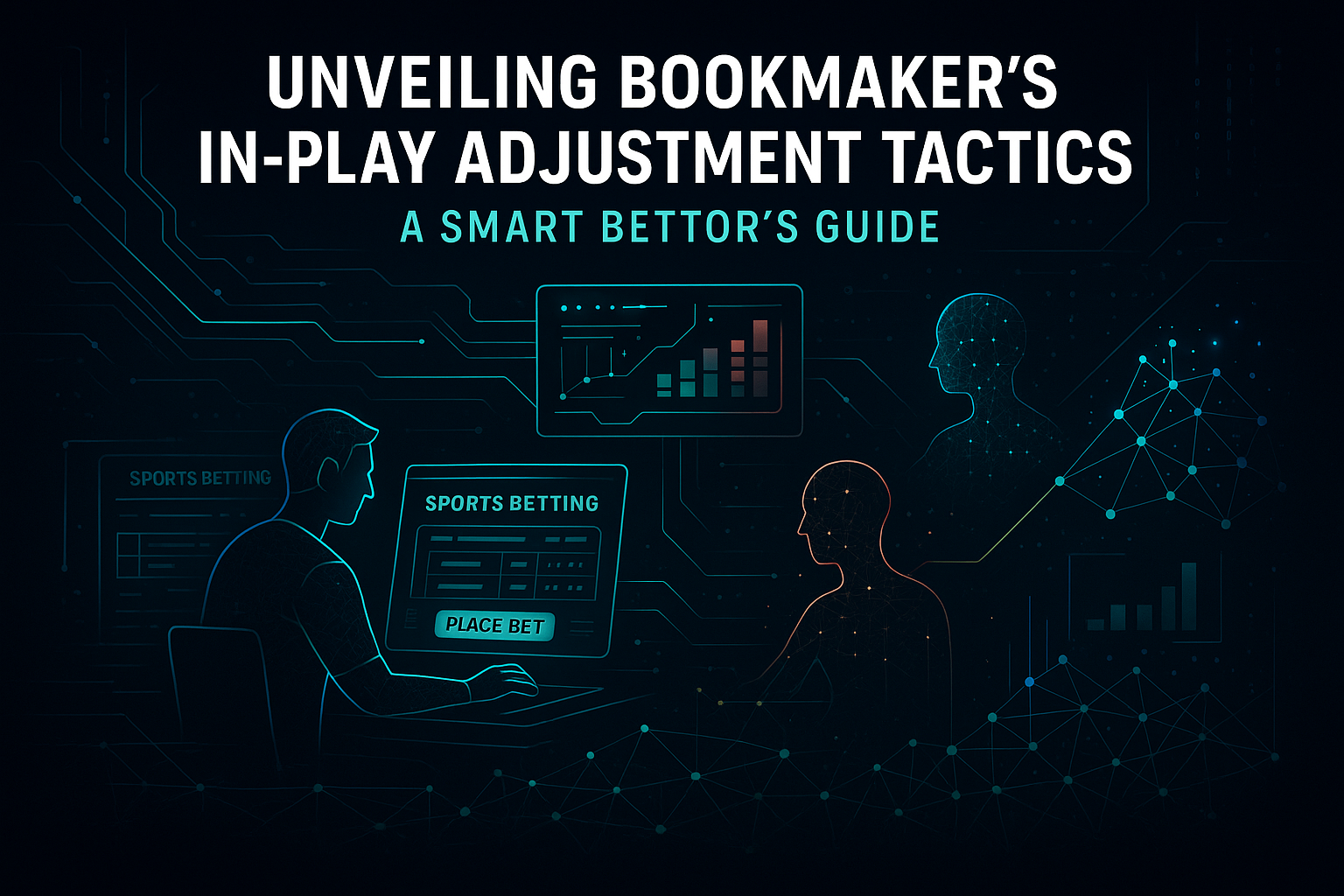Problem: Exposing a Hidden Tactic
In the fast-paced world of live sports betting, bookmakers employ real-time adjustment tactics to exploit shifts in game momentum and bettor behavior. One of the most insidious strategies is the manipulation of odds during in-play betting. These adjustments can be incredibly subtle yet impactful. Savvy bettors may find themselves at a disadvantage if they do not understand how these dynamic odds are crafted.
Bookmakers monitor live events closely, making micro-adjustments to reflect not just the action on the field but also the volume and distribution of bets being placed. They can shift lines dramatically, especially during crucial moments, such as a team scoring a goal or a player receiving a red card, to maximize their profit margin and create a perception of value that may not actually exist.
Mechanism: Hypothetical Example
Imagine a football match where Team A is playing against Team B, and Team A is leading 1-0. As the game progresses, Team B starts to dominate possession, creating multiple chances. The bookmakers, observing the changing dynamics, anticipate heavy betting on Team B to win based on their improved performance. Instead of adjusting the odds gradually, they react in real-time by rapidly decreasing the odds for Team A and increasing them for Team B just as a goal is scored by Team B in the 80th minute.
As a result, bettors rushed to place bets on Team B, believing they are getting favorable odds. The moment they lock in their bets, the bookmaker simultaneously adjusts the odds further to secure their profit, regardless of the outcome of the match. This tactical approach is designed to capitalize on the psychological rush of bettors engulfed in the emotion of the live event.
Solution: AI-Based Countermeasure
To navigate this game of odds, advanced AI models can be deployed to analyze historical in-play data and develop predictive algorithms. These algorithms could identify patterns in bookmakers’ adjustment tactics, pinpointing when significant changes are made and understanding the motivations behind them. By recognizing when an adjustment likely signals an overreaction or an actual shift in game dynamics, bettors can make more informed decisions that differentiate between genuine value and bookmaker-induced perceptions.
AI can process vast amounts of data in real-time, helping bettors spot opportunities overlooked by the human eye. By establishing a benchmark of expected odds based on real-time game situations and production metrics, bettors can wring profits from odds that diverge significantly from this benchmark.
Strategy: Actionable Framework for Readers
To effectively counter in-play adjustment tactics, experienced bettors can implement the following strategies:
- Real-Time Data Analysis: Invest in software or platforms that provide real-time data on live sports events, which may include predictive analytics and the historical performance of teams during similar scenarios.
- Understand Bookmaker Patterns: Keep track of how different bookmakers adjust odds during live events. Develop an understanding of their tendencies to modify lines based on specific game situations or betting volume.
- Cross-Referencing Odds: Continuously compare odds across multiple bookmakers and platforms. This helps identify discrepancies that can signal overreactions or mispriced values that can be capitalized on.
- Develop Threshold Models: Create models that predict critical thresholds—such as changes in team momentum or scoring patterns—that would typically provoke reaction from bookmakers, allowing you to anticipate adjustments before they happen.
- Emotional Control: Maintain composure when betting in-play. Avoid emotional biases that lead to hasty betting decisions. Instead, rely on data-driven insights and predictions based on your predefined strategies.

